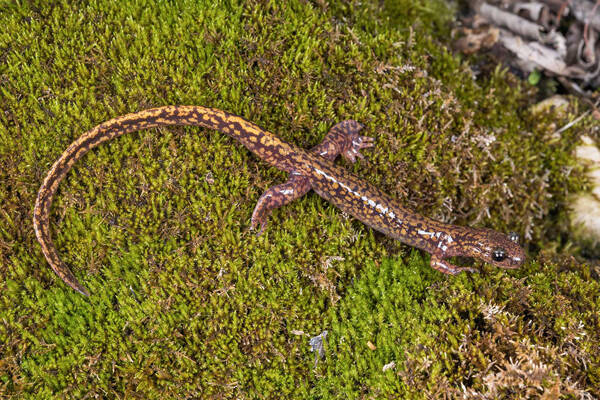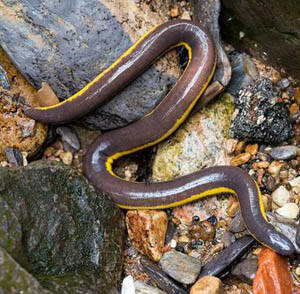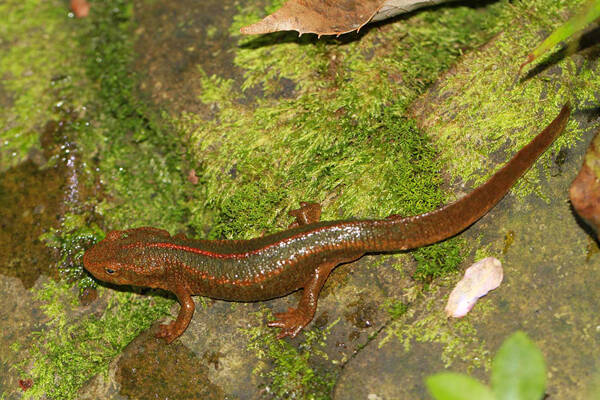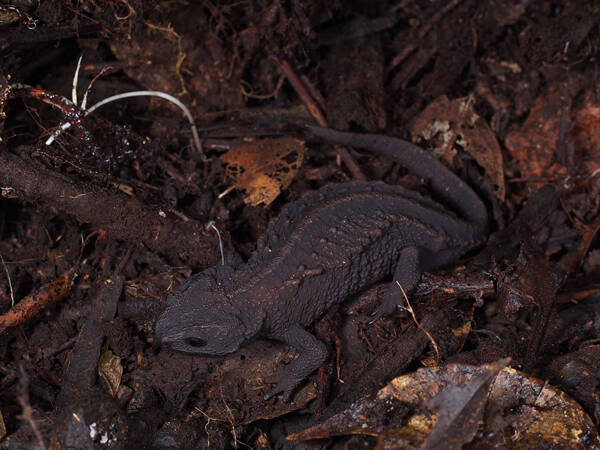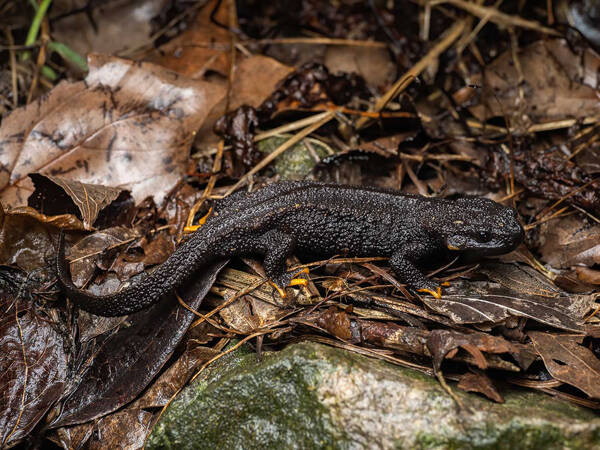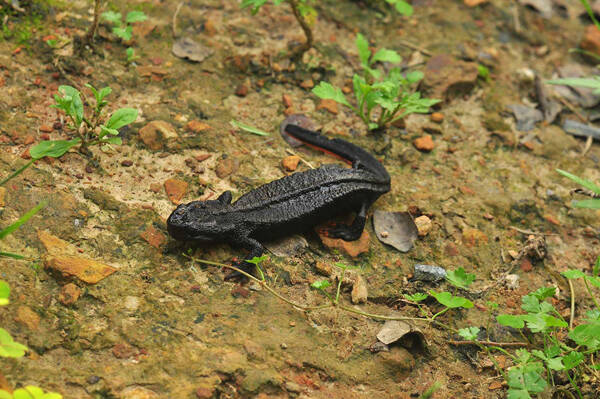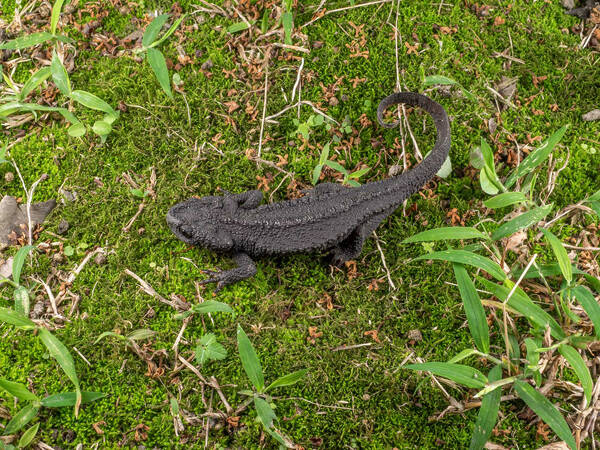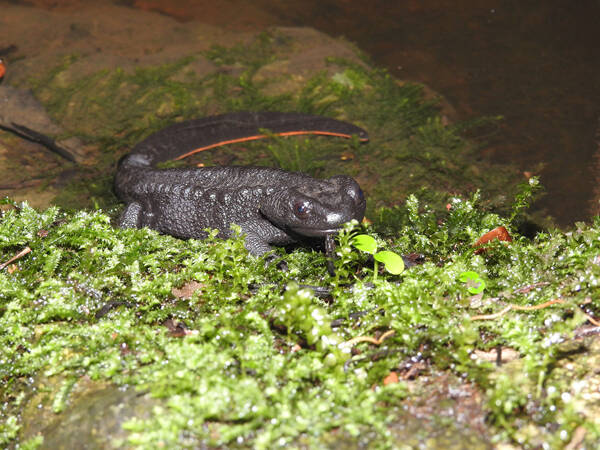Onychodactylus zhaoermii
IUCN
LCBasic Information
Scientific classification
- name:Onychodactylus zhaoermii
- Scientific Name:Onychodactylus zhaoermii
- Outline:Urodela
- Family:Caudata Hynomatidae Odontochelys
Vital signs
- length:143.3-176.1mm
- Weight:
- lifetime:
Feature
The ridge groove from the back of the head to the base of the tail is more obvious, the skin on the back of the body is smooth, and there is a shallow longitudinal groove from the back corner of the eye to the neck fold;
Distribution and Habitat
Endemic to China, distributed in Liaoning (Xiuyan).
Lives in mountainous areas with dense vegetation at an altitude of about 600m, near the source of streams or springs with cool water and many stones.
Appearance
Adult salamanders are slender. The head is relatively flat, the snout is rounded, and there is no lip fold; the front jaw should be large and round, and the vomerine teeth are in one shape, and the left and right do not meet each other. The back is yellow-brown, orange-yellow and light orange-red, with fine brown spots on the back of the head, and irregular thick black-brown reticular spots on the back of the body and tail; the ventral surface is light orange-yellow.
Details
Liaoning clawed salamander is endemic to China. It is found in densely vegetated mountainous areas at an altitude of about 600m. It often lives near the source of streams or springs with cool water and many stones. It comes out of hibernation in early April and lives on land, but not far from the water. It hides in humid environments during the day; it is active at dusk or after rain, and preys on shrimps, earthworms, millipedes, tadpoles, adult insects and their larvae.
The breeding season is from early May to early June, and eggs are mostly laid at night. The female salamander lays a pair of spindle-shaped egg bags, one end of which is interconnected to form a "handle" and adhered to the stone (usually not on branches); the egg bag is 21-28mm long and 6-10mm in diameter, with a total of 12-17 eggs (Li Jianli, 2004); the female salamander carries 3-24 eggs (18.8, n=6, Poyarkovetal., 2012). It takes 2 years for the larvae to complete metamorphosis.
Currently, only one distribution point of this salamander has been found in China. Due to deforestation and pesticide application, the ecological environment quality of its habitat has declined and the population is very small. Threatened level: Poyarkovetal. (2012) recommended that it be listed as Vulnerable.
Listed in the first level of the "List of National Key Protected Wildlife in China".
